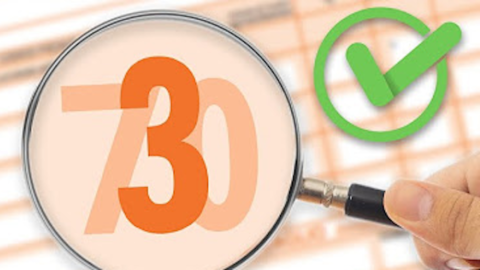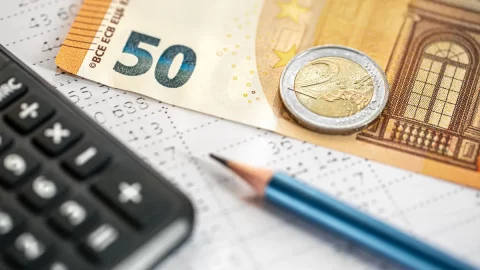The new eco-bonus 110 percent provides for the possibility of anticipating the discount on the invoice through the assignment of a tax credit (equal to the amount of the deduction) to the company or craftsman in charge of the work, who in turn can then transfer the credit to other subjects such as credit institutions or financial intermediaries. Alternatively, the taxpayer can also assign the credit directly to a bank.
In a new guide dedicated to the 110 percent eco-bonus - which, we recall, is valid on the expenses incurred from 2020 July 31 to 2021 December XNUMX - the Revenue Agency clarifies for which works it is possible to opt for the transfer of the tax credit. Here's the list:
- extraordinary maintenance, restoration or building renovation on individual real estate units;
- ordinary maintenance carried out on the common parts of the buildings;
- energy requalification interventions that fall within the ecobonus, such as the replacement of heating systems or windows (including fixtures), or even the thermal coat of buildings;
- works for the reduction of seismic risk which fall within the sismabonus;
- recovery or restoration interventions on the facade of buildings (including simple external cleaning or painting) for which the facade bonuses introduced by the 2020 Budget Law;
- installation of photovoltaic systems;
- installation of charging stations for electric vehicles.
Furthermore, the Revenue Agency specifies that, as part of the 110 percent eco-bonus, tax credits "that are not subject to further transfer are used in compensation through the F24 model. The tax credit is used with the same breakdown into annual installments with which the deduction would have been used. The portion of the tax credit not used in the year cannot be used in subsequent years, and cannot be requested for a refund”.
Finally, not apply:
- the general offsetting limit envisaged for tax credits and contributions equal to 700 thousand euros (raised to 1 million euros for 2020 alone);
- the limit of 250 euros applicable to tax credits to be indicated in part RU of the tax return;
- the ban on the use of offsetting credits in the presence of debts recorded in the register for amounts exceeding 1.500 euros.






Is the cost 0 with the transfer of the tax credit a hoax or a reality with the deduction of 110%”?
Are the banks ready today to activate the procedures for the activation of the ecobonus 110???
thank you
I live with my daughter who owns the property, can I take over (as a parent) the cost of the 2020/2021 Ecobonus and transfer the credit to the bank?
I WOULD BE GLAD TO KNOW THE EXPERT'S ANSWERS, BUT I DON'T KNOW HOW TO DO IT
When are the injunctions to start contacting companies for renovations?
I have Irpef 25.000. And I have to do jobs for 35.000
Can I pay 25.000 in advance by bank transfer for energy saving and the balance with a credit levied on the bank with the promise to return it as soon as possible or immediately?
BUT TO READ THE ANSWERS?
Is it possible to have the works contemplated in the 110% bonus carried out by companies certified by credit institutions and give the banks the transfer of credit?
thank you
Giancarlo
I would kindly like to know if closing a small porch with a sliding glass door is part of the eco bonus with credit transfer?Thank you